Parallel: Difference between revisions
mNo edit summary |
mNo edit summary |
||
| Line 21: | Line 21: | ||
* '''Compete with/distinguish from other card companies''' | * '''Compete with/distinguish from other card companies''' | ||
Following this tipping point in the mid-late '90s, parallels abounded, and still do, in the form of different foil or ink colors, design elements, [[Die Cut|die-cutting,]] or photo selection, though their appeal in the Modern Hobby has worn off to many collectors due to oversaturation of parallels. | |||
[[Category: Hobby Definitions]] | [[Category: Hobby Definitions]] | ||
Latest revision as of 14:50, 14 December 2023
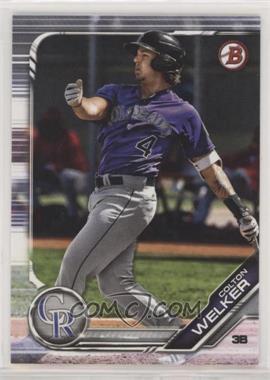
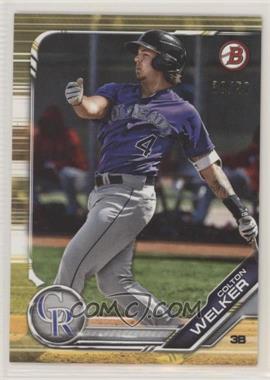
Parallel: An insert set that is almost identical to the base set, except for some small variation.
Probably the very first parallel set in the current sense were the Topps Tiffany sets of the 80s. Another example is the 1991 Topps Desert Shield baseball. The Desert Shield cards had a small foil stamp with a palm tree logo on the front of each card, which was otherwise identical to the regular Topps card of that year. There were only around 6,300 cases produced to be shipped to the soldiers in Iraq, though supposedly most of them never got farther than Shaw A.F.B. in South Carolina. Desert Shield cards are still scarce and command a pretty penny today.
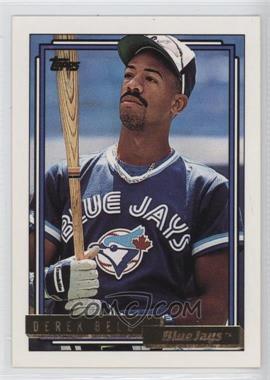
The first parallel as we know them today were the Gold cards in 1992 Topps baseball. The Topps Gold cards were identical to the regular Topps cards, except that it had a Topps Gold logo on the back and the front had the player's name and team name embossed in gold foil. At first, demand for these cards was very high because they were pretty scarce (792 cards in the set, with just one card per wax box). Topps also produced a "Gold Winners" parallel that year in association with a contest. These were similar to the regular Golds but had the word *WINNER* foil stamped on them. Gold Winner cards were given out in ten-card packs to winners of scratch-off contest cards that were inserted into packs, and to people who redeemed a certain amount of non-winning scratch-off cards.
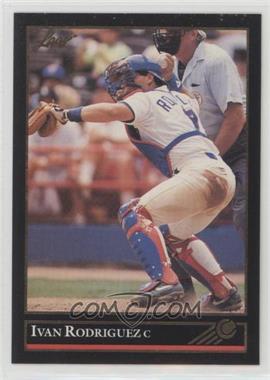
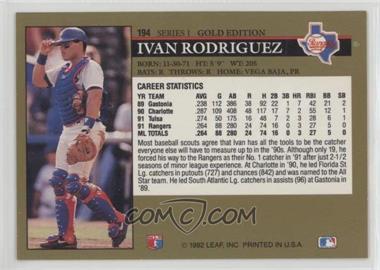
Leaf followed with a parallel of their own in summer 1992 with Leaf Black Gold, a very attractive black-bordered parallel to their base set that was inserted one card per pack.
An article written by Tol Broome in the February 1997 Beckett Baseball issue aptly captured the era's zeitgeist and identified four major reasons for the explosive rise in parallels at the time which radically changed the Hobby landscape:
- Wider net to collectors: parallels gave card companies a way to offer a scarce, desired insert set that would feature more players and appeal to more collectors
- Easy to produce
- Opportunity to showcase new technologies
- Compete with/distinguish from other card companies
Following this tipping point in the mid-late '90s, parallels abounded, and still do, in the form of different foil or ink colors, design elements, die-cutting, or photo selection, though their appeal in the Modern Hobby has worn off to many collectors due to oversaturation of parallels.
